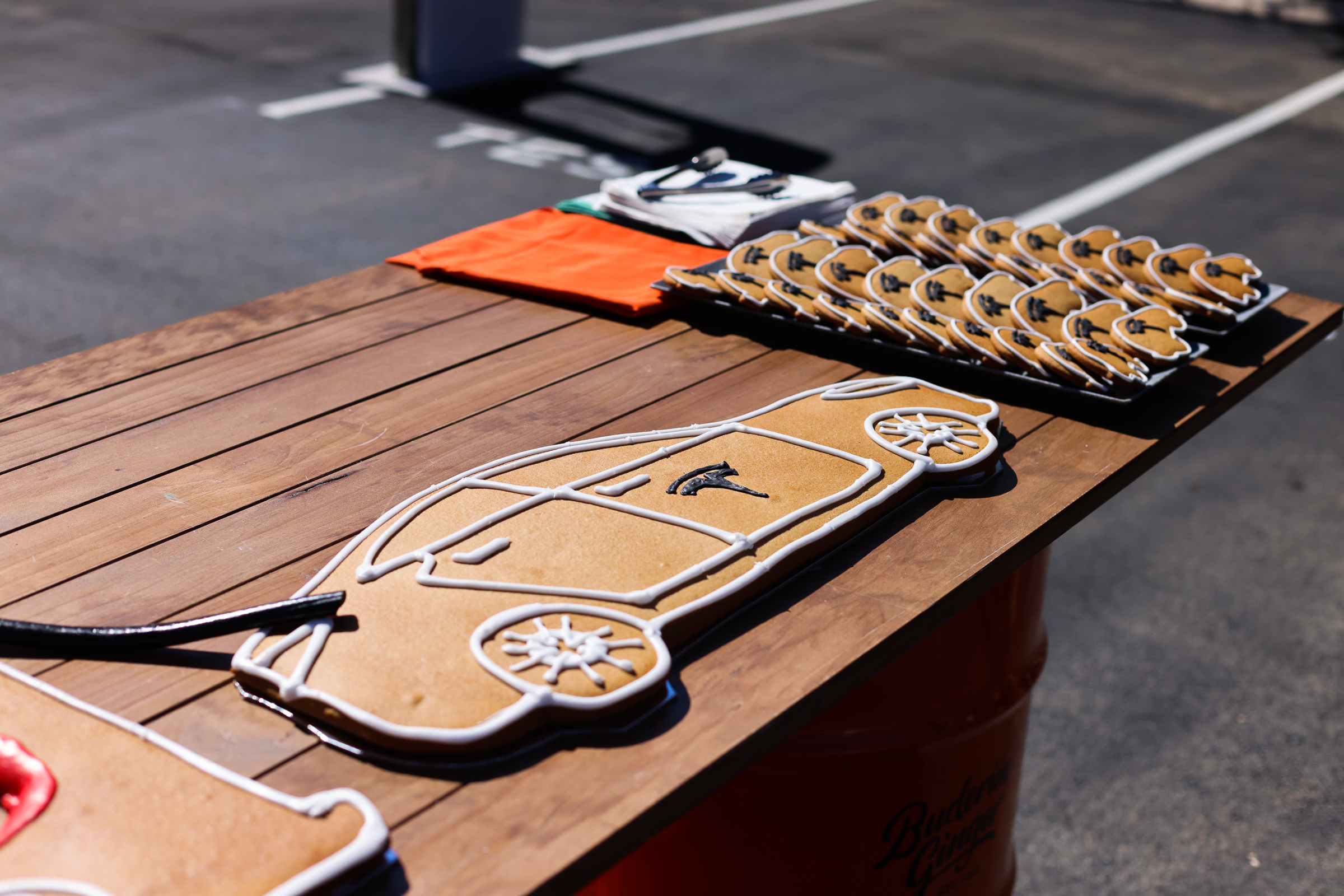
Growing up in India, I remember taking a cycle rickshaw to school and buying fresh vegetables with my grandpa on our evening walk. Now, after rapid growth and innovation in India’s mobility sectors, on-demand rides are just one tap away, and delivery services bring food and groceries to your doorstep.
While these services are crucial for the country’s economy and provide unparalleled comfort and convenience — they also bring pollution. India’s 16 million delivery and ride-hailing vehicles contribute to the nitric oxide (NOX), particulate matter, ozone, and other hazardous pollutants that take years off the lives of city dwellers in India and elsewhere, as well as the CO2 that drives climate change.
The fuel burned to deliver packages represents further a financial cost that consumers ultimately must pay for. The “final mile” in e-commerce commonly accounts for more than 50 percent of the total logistics cost.
This is a classic big-picture problem, the kind that drew me to RMI in the first place. From the beginning, it was clear that incorporating electric vehicles would be part of the answer, but how? Despite a growing number of supportive policies, EVs still make up less than 5 percent of vehicles sold in India.
My colleagues and I started sketching out a solution, but without funding in place, we were at a standstill. As an independent non-profit, more than 90 percent of RMI’s revenue comes from philanthropy. And the vast majority of our philanthropic support is restricted — funding that donors give that is designated for a specific project, which typically takes months and often years to secure.
Luckily, we could turn to the Acceleration Fund, which was purpose-built to jumpstart RMI’s innovative projects like ours — without delay.
So, we got to work. Rather than focusing solely on the delivery drivers, we focused on empowering consumers. Dubbed Shoonya (inspired by the Sanskrit word for zero), this initiative seeks to create a market for zero-emissions deliveries by giving consumers more information on the carbon pollution involved in their purchases. To boost our impact, we partnered with NITI Aayog — the Indian government’s premier public policy think tank — which unlocked national-level reach and policy support.
The Shoonya campaign aims to accelerate the electrification of final-mile deliveries by creating a special brand for electric deliveries. Verified electric vehicles, driver uniforms, and packages will carry the Shoonya label, and a digital sticker option is also being explored. An online tracking platform will share the campaign’s impact through data such as vehicle kilometers electrified, carbon savings, criteria pollutant savings, and other benefits from clean delivery vehicles.
But the campaign doesn’t just involve those clicking “order.” We’ve already got buy-in from industry players, including e-commerce companies, food and grocery delivery companies, vehicle manufacturers, fleet aggregators, and charging infrastructure providers. This unprecedented level of collaboration will make planet-conscious decision-making easier than ever.
Although only 18 months old, here are some highlights from the Shoonya campaign:
First, we’re making a measurable difference in reducing emissions. Our cohort of corporate partners has grown to over 150 companies in the past year, including global names like Uber and Amazon. Many have made bold commitments to electrifying their fleet and creating a positive ambition loop to accelerate EV adoption. These partners have completed more than 70 million zero-pollution deliveries and 40 million rides, avoiding more than 13,000 tons of CO2 emissions, 1.6 tons of particulate matter emissions, and 59 tons of NOx emissions.
The second is a short film we launched last year to spread awareness about EVs. It shows how ubiquitous transportation services are and how EVs can give India a healthier, pollution-free future. It has had phenomenal reach, getting over 60 million views across social media platforms.
Third, in keeping with our consumer focus, we have built out an array of resources to help consumers better support their EV purchases. On the Shoonya website, we have user-friendly tools including an EV impact calculator, a policy map, and financing resources.
This was all possible because of the support we received from the Acceleration Fund. It gave us the freedom to think beyond conventional change models and implement innovative, outside-the-box ideas, not just on the over-arching campaign but also in the methods of delivery that go beyond the traditional.
As we mark 18 months since the launch of the campaign, we want to expand beyond India and into other emerging markets to support global climate goals. With the Shoonya campaign, we hope to unlock the unlimited potential of a clean, green, and efficient transportation sector, moving us toward a zero-pollution, zero-carbon future.
© 2023 Rocky Mountain Institute. By Samhita Shiledar. Published with permission. Originally posted on RMI.
I don’t like paywalls. You don’t like paywalls. Who likes paywalls? Here at CleanTechnica, we implemented a limited paywall for a while, but it always felt wrong — and it was always tough to decide what we should put behind there. In theory, your most exclusive and best content goes behind a paywall. But then fewer people read it! We just don’t like paywalls, and so we’ve decided to ditch ours. Unfortunately, the media business is still a tough, cut-throat business with tiny margins. It’s a never-ending Olympic challenge to stay above water or even perhaps — gasp — grow. So …





